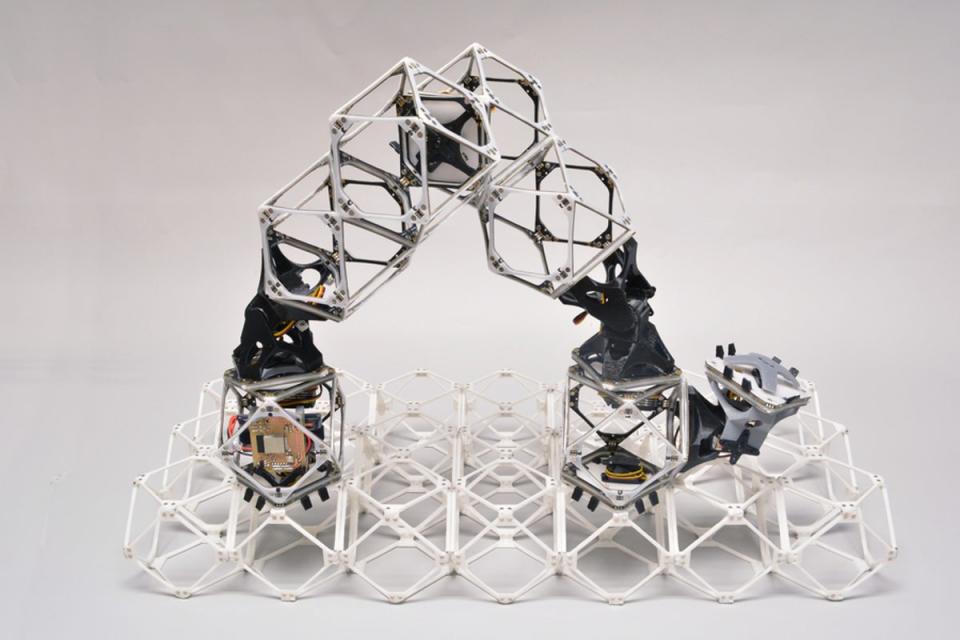MIT invents self-replicating AI robots

Engineers say they have invented a robot capable of building “almost anything”, including new versions of itself.
The self-replicating robot was developed by a team from Massachusetts Institute of Technology (MIT), who claim the robot could practically and economically assemble anything from a vehicle to a building.
“It could build a structure, or it could build another robot of the same size, or it could build a bigger robot,” said Amira Abdel-Rahman, a doctoral student at MIT’s Centre for Bits and Atoms.
Using artificial intelligence, the robot is able to figure out complex tasks and organise swarms of bots needed to build a structure without them getting in each other’s way.
The system involves tiny identical sub units known as voxels, which are essentially the volumetric equivalent of a 2D pixel. These voxels are able to transmit and receive both power and data from other voxels in order to build and operate.
A paper detailing the research, titled ‘Self-replicating hierarchical modular robot swarms’, was published in the scientific journal Nature Communications Engineering.
“This paper examines a critical area of reconfigurable systems: how to quickly scale up a robotic workforce and use it to efficiently assemble materials into a desired structure,” said Aaron Becker, an associate professor of electrical and computer engineering at the University of Houston, who was not involved in the research.
“This is the first work I’ve seen that attacks the problem from a radically new perspective: Using a raw set of robot parts to build a suite of robots whose sizes are optimized to build the desired structure – and other robots – as fast as possible.”

 Yahoo Finance
Yahoo Finance 